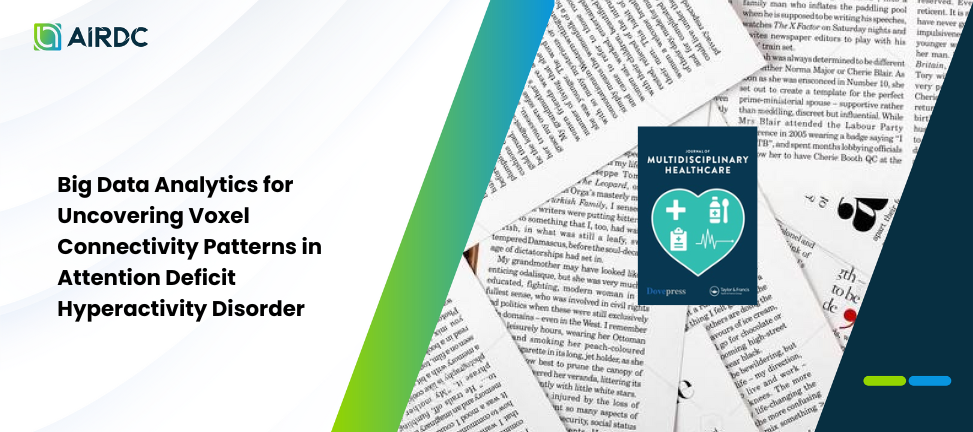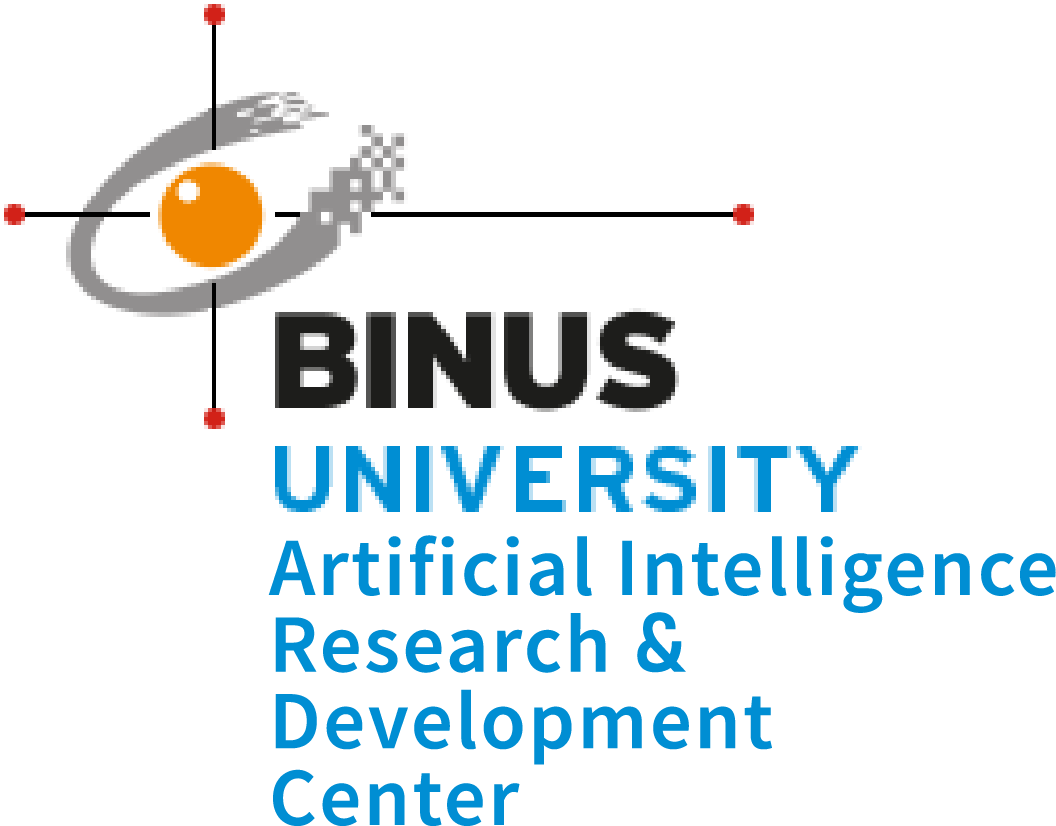Big Data Analytics for Uncovering Voxel Connectivity Patterns in Attention Deficit Hyperactivity Disorder

Introduction Attention Deficit Hyperactivity Disorder (ADHD) is a complex neurodevelopmental condition characterized by heterogeneous brain activity patterns. Identifying key brain regions associated with ADHD remains a challenge due to the high dimensionality and complexity of neuroimaging data. This study aims to apply advanced machine learning techniques to uncover critical features and improve classification performance in ADHD diagnosis. Methods We analyzed 5937 brain voxels aggregated from neuroimaging records of patients diagnosed with ADHD. Feature selection was performed using Boruta, Random Forest in combination with DALEX explainability tools, and Neural Networks. Dimensionality reduction and clustering techniques including Principal Component Analysis (PCA), KMeans, and MCLUST were used to explore underlying voxel patterns. The performance of different activation functions—ReLU, Sigmoid, and Tanh—was evaluated within deep neural networks. Results Several key brain regions, including the Fusiform Gyrus, Thalamus, and Superior Temporal Gyrus, were identified as significant predictors for ADHD. The integration of machine learning models demonstrated improved classification accuracy, with ReLU-based neural networks outperforming others in most evaluation metrics. Discussion The study demonstrates the potential of a robust, integrated machine learning framework to analyze high-dimensional neuroimaging data and identify biologically relevant markers of ADHD. These findings contribute to the growing body of evidence supporting data-driven approaches in neuropsychiatric diagnosis and may inform future clinical decision-making and personalized interventions.
Authors:
Rezzy Eko Caraka, Khairunnisa Supardi, Prana Ugiana Gio, Vijaya Isnaniawardhani, Rung Ching Chen, Bekti Djatmiko, Bens Pardamean
Journal of Multidisciplinary Healthcare
Read Full Article

